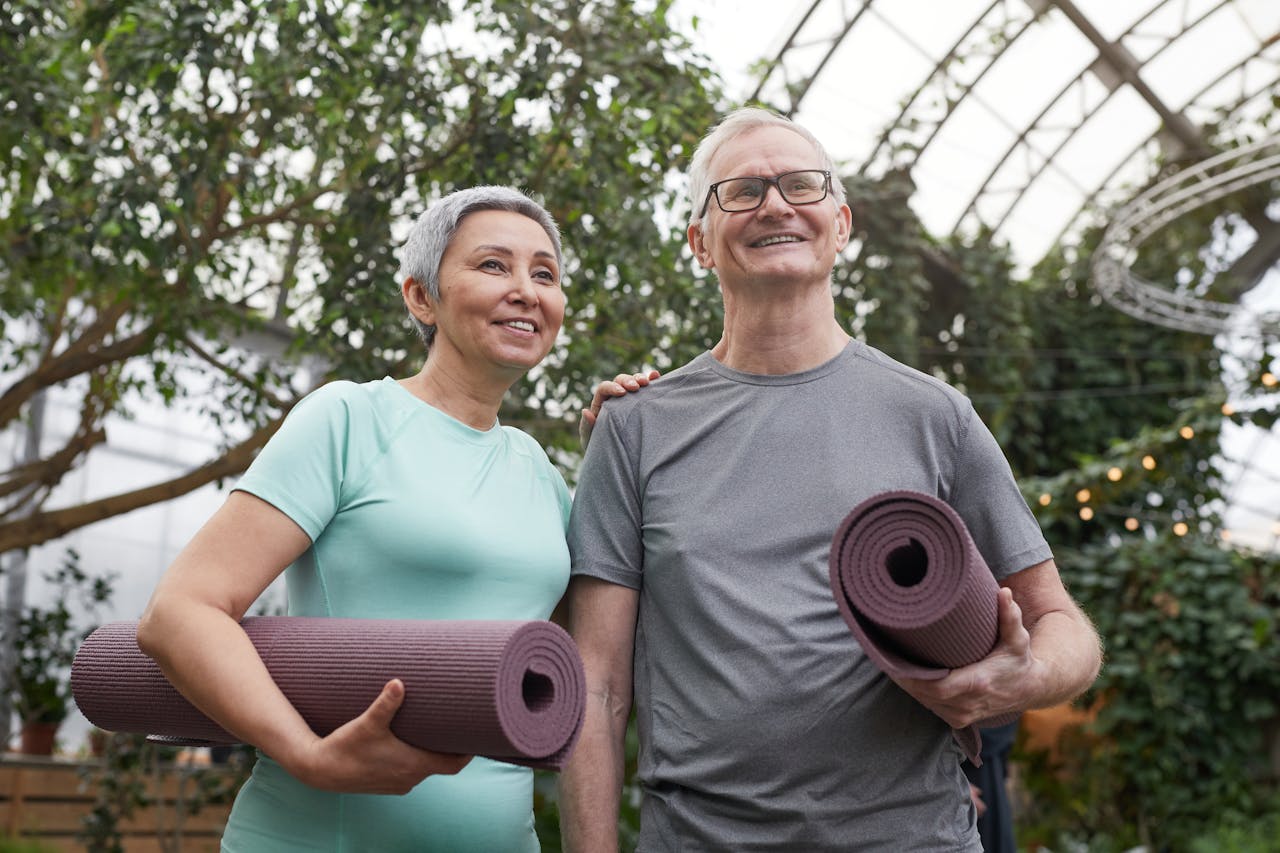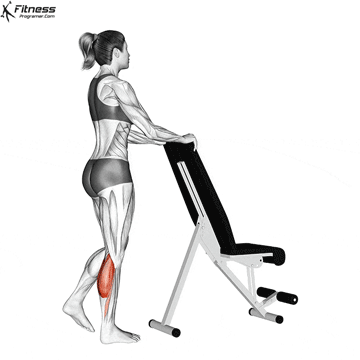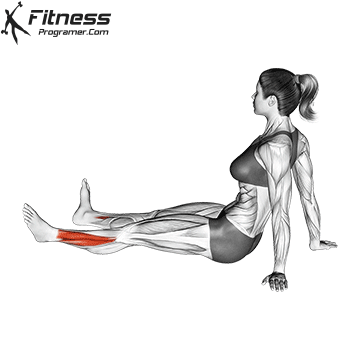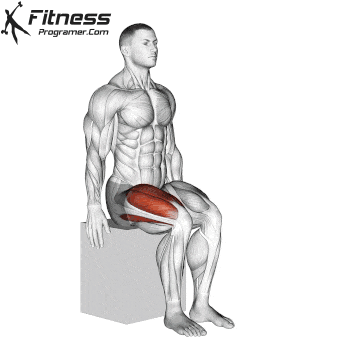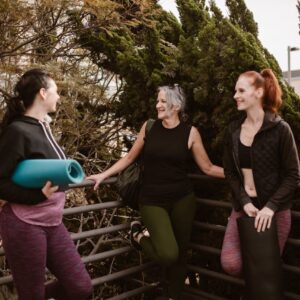Contents
Well, it turns out, mobility is quite important when it comes to older folks.
In life, staying healthy comes first, no matter the age; that’s obvious. There’s a saying, “Healthy people have many problems, but a sick person has only one.” – (getting healthy again).
When it comes to older people, mobility is extremely important because it improves their quality of life, supports everyday movement, and helps prevent falls. Just imagine a random old person – they move slower, right? That’s because their mobility is impaired, and moving hurts. As people age, their muscle mass declines, and joints naturally get less flexible.
But with proper mobility exercises, many of such problems can be prevented, healed, or at least eased a bit.
In this article, we’ll take a look at how certain exercises help and make everyday activities easier. Even light activity can make a slight difference.
When Moving Becomes Hard
Older adults are often faced with mobility issues, and even everyday activities require more caution. Reduced mobility can limit their enjoyment of activities they once enjoyed, social gatherings, hobbies, and many others, increasing the risk of social isolation. When people isolate themselves from others, it can be emotionally hard, plus it can impact mental health. People can start developing feelings of loneliness, frustration, or even depression. And that just makes it even harder to be motivated.
Emotional state can affect a lot, so it’s important to communicate with elders. Taking part in any kind of group activity that encourages social interaction and physical activity can lead to better mental health, as well as improve mobility. Examples of some very useful exercises include water aerobics, senior walking groups, yoga classes, and similar exercises.
6 Simple Exercises for Seniors to Do
Regular exercise can reduce the risk of injuries and falls, which makes daily activities safer. With a little motivation, these are safe and easy exercises to improve balance and flexibility. It’s important to pay attention to your own body and move at your own pace.
Extra tip: If motivation is a problem, then having someone by your side can make a massive difference. A friend, a family member, or even working out as part of a group can help set you on the right track.
The following six exercises are simple (and doable) for most seniors.
- Heel Raisers – stand behind a chair that is sturdy and hold it for support. Lift heels off the ground, then bring them back down. This improves balance and strengthens the calf muscles.
- Ankle Circles – comfortably sit and lift one foot off the ground. Rotating the ankle slowly in circles improves circulation and flexibility. Repeat both ways.
- Marching in place – standing or seated with support, raise each knee in a marching motion, one at a time. This can improve leg strength and hip mobility.
- Twists (while seated) – using the chair for support, the upper body is rotated to one side while seated. For spinal mobility and core strength, this exercise is great.
- Shoulder rolls – bobble the shoulders back and forth several times. This can help with shoulder mobility and release tension from the shoulders.
- Seated Leg Extensions – one leg is raised in front of the body while seated and held for a short while, and then lowered back down. The opposite leg is then used to repeat the motion. With this exercise, thigh muscles can strengthen and support knee mobility.
Staying Active to Protect Independence
Maintaining physical activity promotes independence and general well-being.
These tips can help seniors stay active:
- Select a workout that is enjoyable – fun activities increase motivation to keep going. Group workouts encourage each other to continue and work hard, and it’s more fun sometimes in a group.
- Stay hydrated – this one might seem silly, but it’s extremely important. Enough water promotes functioning muscles, and proper body function. Staying hydrated reduces fatigue while working out.
- Include stretching – stretching regularly increases flexibility and reduces stiffness.
- Posture – focus on posture. Proper posture when exercising lowers the muscle strain and improves balance.
Mobility Challenges
Many seniors move to care centres when their mobility becomes seriously limited. In that kind of facility, they receive crucial support for everyday living. In such institutions, residents receive medical care, physical therapy.
With this kind of support, maintaining physical activity is important, and that can be adjusted and adapted to individual abilities and needs.
When mobility problems in seniors are ignored, they lead to a high risk of health problems. Loved ones, family, friends and caregivers, and physical trainers are there to recognize the issues in early stages and advocate for proper care for seniors. Seniors’ needs should be addressed, and open conversation with healthcare professionals/providers can help with that.
Consider the fact that there are numerous nursing homes across the U.S. The bigger the city, the wider the selection. And while some have excellent mobility programs, some have subpar ones, if any at all.
According to data from NCBI, the U.S. The Office of Inspector General (Department of Health and Human Services), and PubMed, NYC nursing homes would receive a score of 4/5, which isn’t bad. L.A. would do even better with a score of 4.5/5. But then, if you take a couple of other major cities in the U.S., the score would decline quite rapidly. Both Miami and Dallas would only score a 3 out of 5, while Chicago, for instance, would score even lower, with a 2.5/5.
This, of course, isn’t to say that all nursing homes in Chicago lack mobility programs, or that all are bad. We’re only looking at an average. But it does mean that the chances of nursing home residents in Chicago being neglected when it comes to movement, physical therapy, and/or mobility support are much higher than in Los Angeles. So if you do find yourself (you or a loved one) being poorly treated, a Chicago nursing home abuse lawyer for unreasonable restraint can guide you on what to do, and can help you resolve these issues.
Regardless of where the mistreatment is happening, you should always fight it instead of being dormant. And a legal approach is always the best option.
Early Signs of Mobility Challenges
Early signs of reduced mobility can be recognized, so it’s important to talk to elders and observe how they move, live, and carry out daily activities. Slower moments, trouble climbing stairs, hesitation while walking, and difficulty getting up can be early signs that mobility is reduced.
Monitoring these changes guarantees their comfort and safety. Early recognition of these signs can help seniors maintain independence, stability, and confidence, moreover, it can also allow them to enjoy a better quality of life with exercises and support. Monitoring their fitness level helps as well to adjust the needed care and activity levels.
Conclusion
Early recognition of mobility challenges, regular and safe exercise, and proper support can improve seniors’ lives and mobility. This way, older people can still stay active, regardless of their age, connect with people they love, and enjoy activities. It’s important they’re feeling safe and confident in themselves.
Just think of how miserable you were the last time you had a physical injury and were in pain every time you moved. Now imagine you had to endure that for the rest of your life. Not a fun thought. But with mobility, this pain can be at least eased, if not completely removed from the equation.
And sure, those older folk probably won’t break any records or join the next Olympics, but they won’t be miserable. They’ll still be able to enjoy their life where they’re healthy and have numerous other things to deal with, not just being consumed by one – chronic pain.
Maintaining mobility and activity for seniors to live independently and have a good quality of life.

